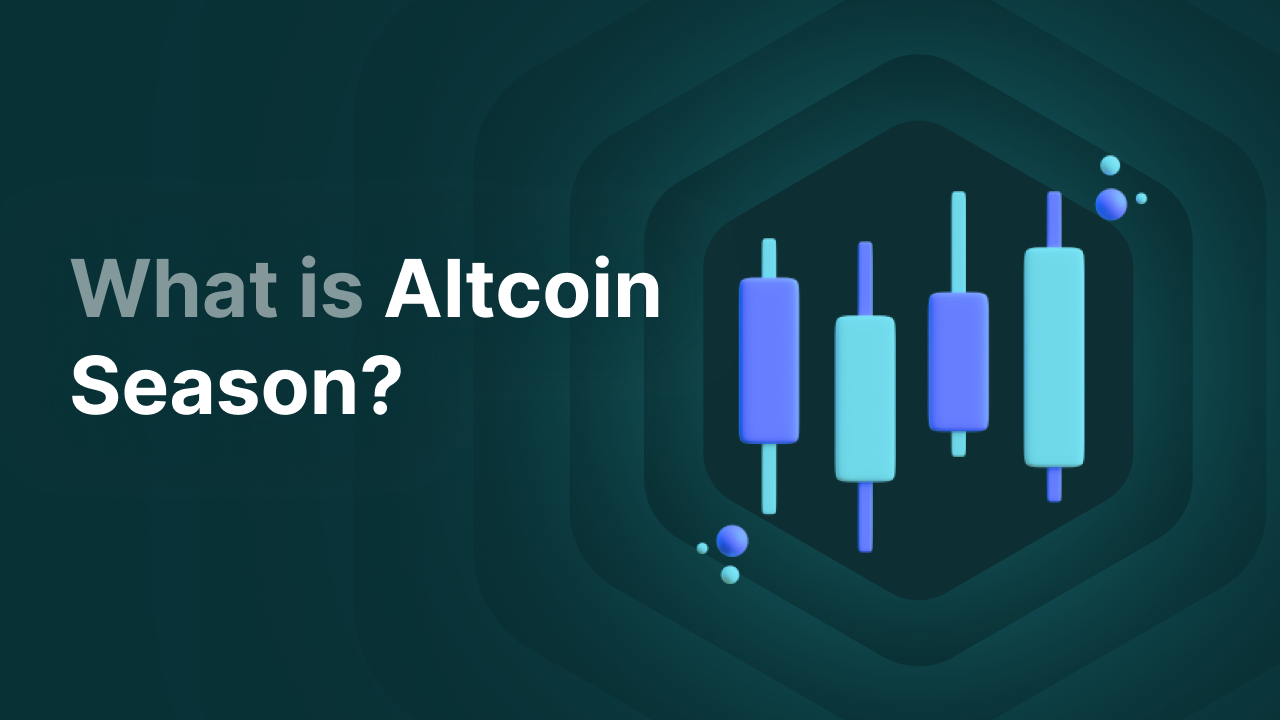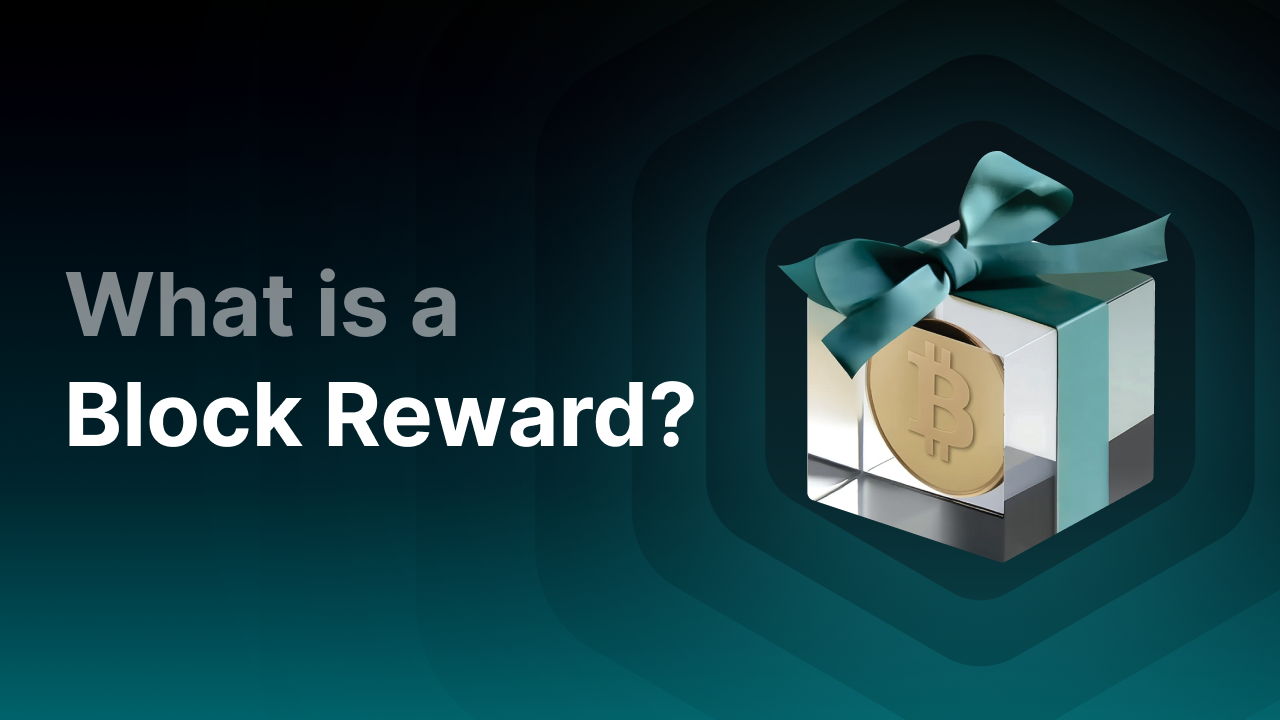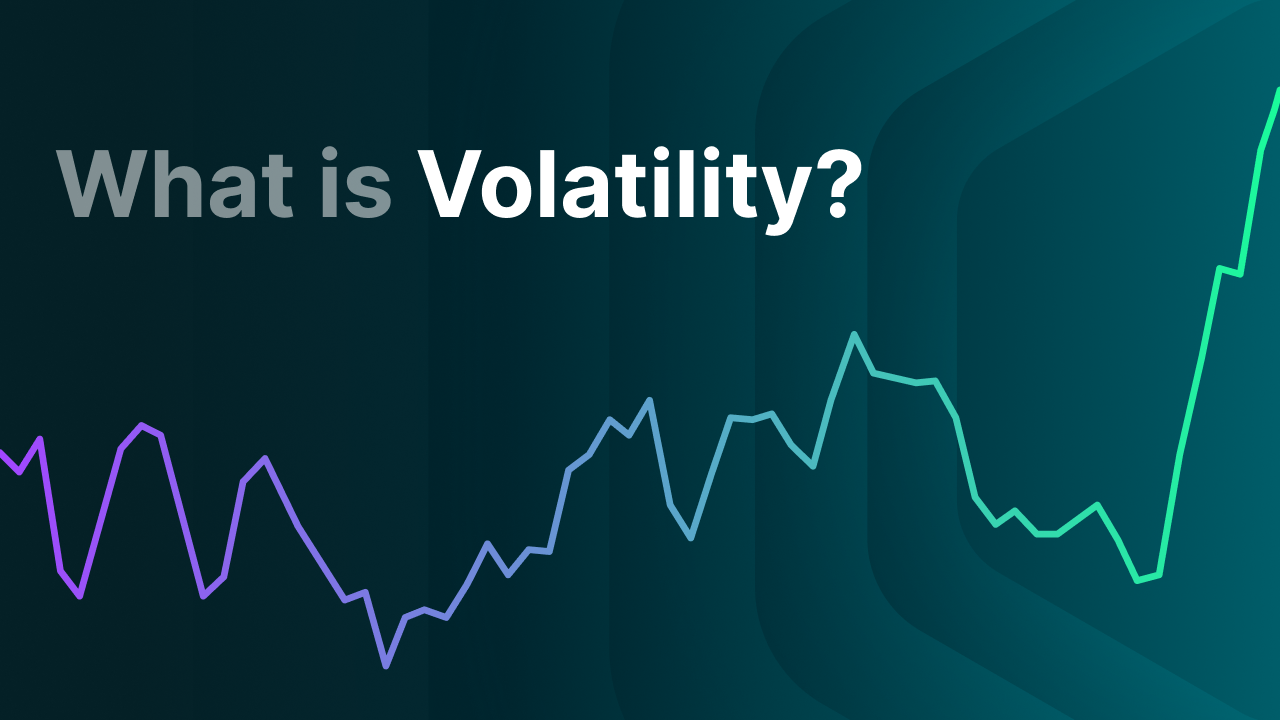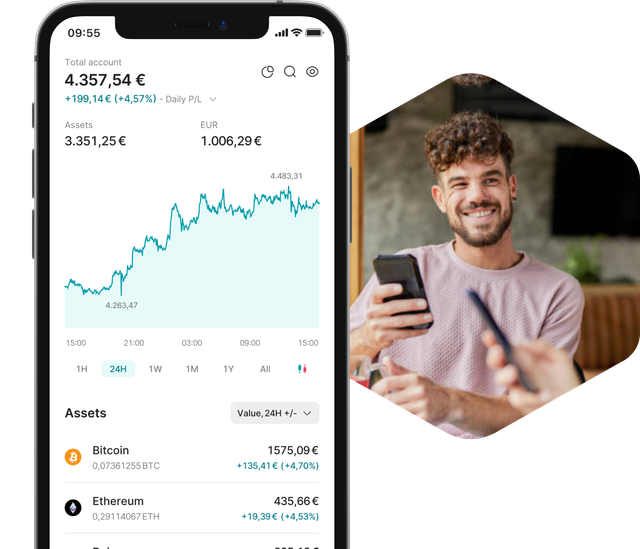What is altseason and will there be one in 2025/2026?

What is altseason (altcoin season)?
Altseason, also known as altcoin season, is a term that refers to a period during which altcoins (alternative cryptocurrencies) outperform Bitcoin. In practice, this means that altcoins rise over an extended period while Bitcoin either barely moves or remains stable. During such an altseason, it’s not uncommon for altcoins to experience explosive gains—some rising over 300% in just a few months.
Typically, Bitcoin largely dictates the price movements of other cryptocurrencies due to its dominant market cap and market share. But during altseason, the balance shifts:
-
Dominance shift: Bitcoin dominance (the percentage of total crypto market value in Bitcoin) clearly declines.
-
Capital flow: Large amounts of investment capital shift from Bitcoin to altcoins.
-
Price surges: Many altcoins double or even triple in value over a short period, while Bitcoin lags behind.
Key Takeaways
-
Altseason is a period in which altcoins outperform Bitcoin.
-
The beginning of an altseason is often marked by measurable indicators, such as Bitcoin dominance and the Altcoin Season Index.
-
Thematic hypes such as DeFi, metaverse projects, AI coins, and even memecoins, along with market sentiment, play a significant role in altseason.
-
Successfully profiting requires preparation and discipline. Thorough research and having a clear plan are essential when looking to benefit from altseason.
-
Altseason offers opportunities but also significant risks—extreme volatility, overvaluation, liquidity issues, and unpredictable regulation make altseason risky.
When does an altseason start?
Altseasons, or altcoin seasons, traditionally start after Bitcoin has had a strong bull run. Investors who’ve made money on Bitcoin begin looking for alternative ways to lock in gains and seek extra returns with altcoins, which tend to be more volatile due to their smaller market caps and thus rise faster when new capital flows in.
This phenomenon also brings FOMO. Altseason attracts a lot of attention, especially on social media. During every bull market, investors eagerly anticipate altseason, hoping to find the next ‘hidden gem’ that could make them rich quickly.
Factors indicating an altseason
There are several factors investors use to identify whether an altcoin season is approaching. These are measurable indicators:
1. Bitcoin dominance
A key factor is Bitcoin’s market dominance. At the start of a bull market, (new) investors primarily invest Bitcoin. Later on, they start trading their Bitcoin for altcoins like Ethereum, Solana, Ripple, and smaller coins. The result: Bitcoin dominance falls.
Bitcoin usually holds dominance between 60% and 65%. If it drops below 50%, or in extreme cases between 35% and 40%, it often signals an altcoin season.
2. Altcoin Season Index
Another factor is the Altcoin Season Index. This tool tracks how altcoins perform relative to Bitcoin. It uses a scale from 0 to 100:
-
Value above 75: If the index reads above 75, the crypto market is considered to be in an altseason. Most tools compare Bitcoin’s performance to major altcoins. If 75% of altcoins outperform Bitcoin over the past 90 days, it's defined as an altcoin season.
-
Value below 25: If the value is below 25, the market is in a Bitcoin season (Bitcoin dominates and outperforms most large altcoins).
-
Between 25–75: A value between 25 and 75 is called the neutral zone. No clear difference exists between Bitcoin and altcoin performance during this time.
Example: In January 2018 and April 2021, the index exceeded 75, coinciding with major altcoin rallies.
There are many Altcoin Season Index tools, like those from CoinMarketCap and CoinGlass. They use different methodologies but often show similar trends.
3. Market sentiment and media
Market sentiment combined with (social) media can influence altseason. Market sentiment refers to the collective emotion and expectations around crypto’s future performance. It’s often driven by external events like economic conditions and social media hypes. These influence investors who make emotional decisions based on that.
During an altseason, media focus shifts from Bitcoin to the success of specific altcoins. Influencers talk less about Bitcoin and more about altcoins and new ‘hidden gems’. This signals that sentiment is shifting toward altcoins—an indicator of altseason.
This period is often filled with huge, often unrealistic expectations. Small projects are hyped as the next 100x crypto, and coins like Solana can gain 300% in just two weeks. Sometimes focus centers on a particular crypto category, like memecoins or AI coins. For example, Dogecoin and Shiba Inu surged in 2021 due to viral sentiment, fueling the altseason buzz.
You can measure overall market sentiment with tools like the Fear & Greed Index. This index categorizes crypto market sentiment into five levels:
-
Extreme Fear – strong caution and reluctance among investors.
-
Fear – cautious behavior and risk avoidance dominate.
-
Neutral – no clear leaning toward optimism or pessimism.
-
Greed – optimism rises, and investors take on more risk.
-
Extreme Greed – euphoria takes over, and investors rush into risky projects.
When the index is in Extreme Greed and altcoins dominate in trading volume, price gains, and media coverage, it's often a strong signal that the market is in or near an altseason.
How can you recognize an altseason?
With Bitcoin dominance shifting to altcoins, altcoins rising sharply compared to Bitcoin, the Altcoin Season Index, and media coverage—all offer insight into whether we’re in an altcoin season. But what does it look like in practice?
-
Sharp price increases in major altcoins: Major altcoins like Ether (ETH), Solana (SOL), and Cardano (ADA) see rapid price gains—sometimes double-digit percentages daily.
-
Thematic hypes: Certain categories of crypto tend to outperform. Think of DeFi projects (like Aave and Uniswap), Metaverse projects (like Decentraland and Sandbox), and AI projects (like FET and OCEAN). Often new Web3 developments attract heavy investment, pushing these tokens up hundreds of percent in weeks.
-
Shitcoin hypes: In the later stages, we often see a shitcoin or memecoin hype. Altcoins with little to no fundamental value skyrocket in value, often triggered by one popular coin like Dogecoin in 2021. Price increases of 1000% in a month aren’t unheard of.
-
Bitcoin dominance and correlation break: Bitcoin dominance falls as capital flows to altcoins. First to Ethereum and other large caps, then to smaller potential-filled projects. Altcoins decouple from Bitcoin and start independent rallies.
The duration of an altcoin season is unpredictable—it can last from a week to several months. Always do your own research.
Note: Past performance is no guarantee of future results. The market is increasingly saturated due to institutional capital inflow. Risks remain during altseason.
How to profit from an altseason?
The timing and duration of an altseason are difficult to predict, as is identifying the top-performing altcoins. Still, there are ways to better position yourself to capitalize on opportunities—by pre-selecting altcoins and creating a clear exit strategy so you know when to take profits.
Which altcoins to invest in?
During altseason, many altcoins outperform Bitcoin—but not all to the same extent. Choosing the right projects can be the difference between strong returns and missed opportunities. Focus on:
1. Research
Study the cryptocurrencies you’re considering. Look into their fundamentals, technology, roadmap, and tokenomics. How many tokens are in circulation? How is supply distributed? Are the developers actively improving the project?
Blindly buying based on hype isn’t always wise, though it can yield gains if timed well. Crypto news on social media can be helpful.
Note: Don’t blindly follow influencers; remember many promote tokens for personal gain.
2. Use of market indicators
Tracking market indicators can help determine good entry points or when to switch into altcoins:
-
Altcoin Season Index: A value above 75 signals strong altcoin momentum.
-
Bitcoin dominance: A falling dominance often favors altcoins.
-
Trading volume: Rising volume in altcoins (vs. Bitcoin) confirms capital inflows.
3. Diversify your portfolio
To manage risk and seize multiple opportunities, it’s smart to diversify your crypto portfolio, even during altseason. Large caps like Ethereum, Solana, and Ripple are generally more stable than mid or small caps (possible hidden gems). Balance risk accordingly.
Consider keeping part of your portfolio in stablecoins or Bitcoin as a safety buffer.
4. Psychological discipline
Investing is emotional. You’ll likely face FOMO or FUD. Discipline and a clear plan are essential. Don’t panic sell! The market is volatile—even during altseason. Altseasons can end abruptly. Taking profits at the right time is as important as entering at the right time.
Your exit strategy
Knowing when to take profit or exit is just as important as entering. Entering at the right time means little if you hold too long and lose your gains. A proper crypto exit strategy is key. Here's how to make one: exit strategy:
1. Predetermined return
When investing (not just in altseason), it helps to define your target return and at which prices to sell. You can sell in phases. A DCA out strategy can help. Example: sell 10% every time the coin rises 20%.
Use limit orders and stop-loss orders to avoid emotional trades and disappointments from sudden drops.
2. Follow technical indicators
Watch technical indicators like the Fear and Greed Index and Altcoin Season Index. Combine with technical analysis (if experienced) to gauge exit points, or convert altcoins into stablecoins like USDC and EURC.
3. Recognize parabolic rises
Altcoins often rise parabolically during altseason—hundreds of percent in days or weeks. Correction usually follow as early investors take profits. Coins never rise endlessly!
4. Don’t be greedy
A tough one for many: don’t be greedy! (Inexperienced) investors often believe altcoins will hit new all-time highs during altseason. This often isn’t the case. Some never recover after dropping 90% in a bear market.
Never forget: all profit is good. In most markets, 50–100% or more in a year is unrealistic. Keep this in mind.
Will there be an altseason in 2025-2026?
Whether there will be an altseason in 2025 or 2026 is difficult to predict. It depends on many factors, such as economic conditions and market cycles (bull and bear markets). Keep an eye on indicators.
However, in every cycle, there are moments when altcoins outperform Bitcoin (and vice versa). There are always potential opportunities.
Risks of altseason
Altseason can be tempting due to rapid price increases, but it also brings significant risks:
-
Extreme volatility – Prices can rise or fall by double digits in hours.
-
Overvaluation – Projects with weak fundamentals may surge on hype and then crash.
-
FOMO and emotional decisions – Fear of missing out leads to buying at peaks.
-
Liquidity risk – Lesser-known altcoins may be hard to sell quickly or at a fair price.
-
Regulatory uncertainty – New laws can quickly affect trading or the value of certain coins, even during altseason.
Final thoughts
Altseason is a fascinating but unpredictable phenomenon in the crypto market. It offers the potential for exceptional returns, as altcoins may outperform Bitcoin in a short time. At the same time, it carries substantial risks such as extreme volatility, overvaluation, and emotionally driven decisions.
By monitoring key indicators like Bitcoin dominance and the Altcoin Season Index, analyzing market sentiment, and carefully selecting projects, you increase your chances of profiting from altseason. A well-thought-out strategy, including clear entry and exit points, helps secure profits and limit losses.
Whether a new altseason will occur in 2025 or 2026 remains uncertain. What is certain: being well-informed and prepared is the key to seizing opportunities and managing risk. In the fast-moving world of crypto, knowledge, discipline, and timing make the difference between success and disappointment.



__01KC926A15P1A0X3VR6DBBV1FK.png)
